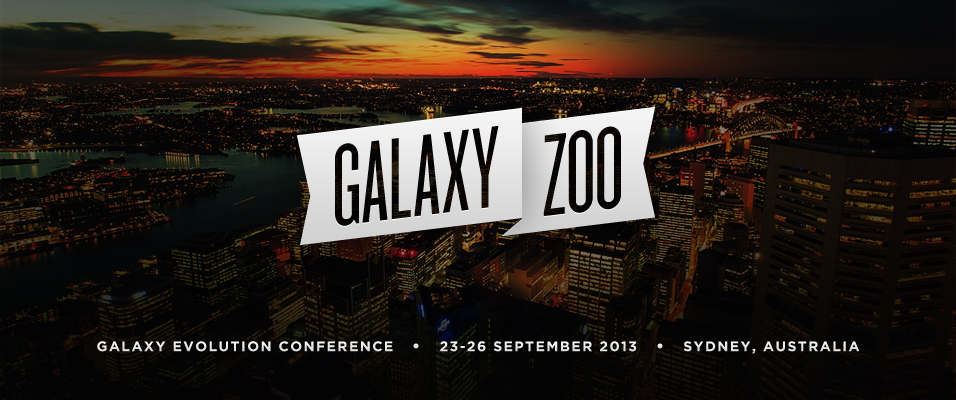
Neutral gas in Blue Compact Dwarf Galaxies
Angel Lopez-Sanchez (Australian Astronomical Observatory / Macquarie University)
We are obtaining deep multiwavelength data of a sample of nearby blue compact dwarf galaxies (BCDG). We are combining deep optical/NIR photometric and 1D/2D spectroscopic observations with HI and 20-cm radio-continuum data obtained using the Australian Telescope Compact Array (ATCA), plus UV (GALEX) and IR (Spitzer) data when available. We analyze the chemical and physical properties of young star-forming regions within these BCDG and the intriguing kinematical features found in both the neutral and the ionized gas of these objects. The results reinforce the hypothesis that interactions with or between low-luminosity dwarf galaxies or HI clouds are the main trigger mechanism of the star-forming bursts in BCDG (Lopez-Sanchez 2010). In particular, I'll present the interesting HI results obtained in NGC 5253 (Lopez-Sanchez et al. 2012) and Tol 30 (Lopez-Sanchez et al. 2013). These analyses are providing important clues to understand the star -formation processes and feedback, the fate of the neutral gas, the importance of galaxy interactions and the evolution of dwarf galaxies.
